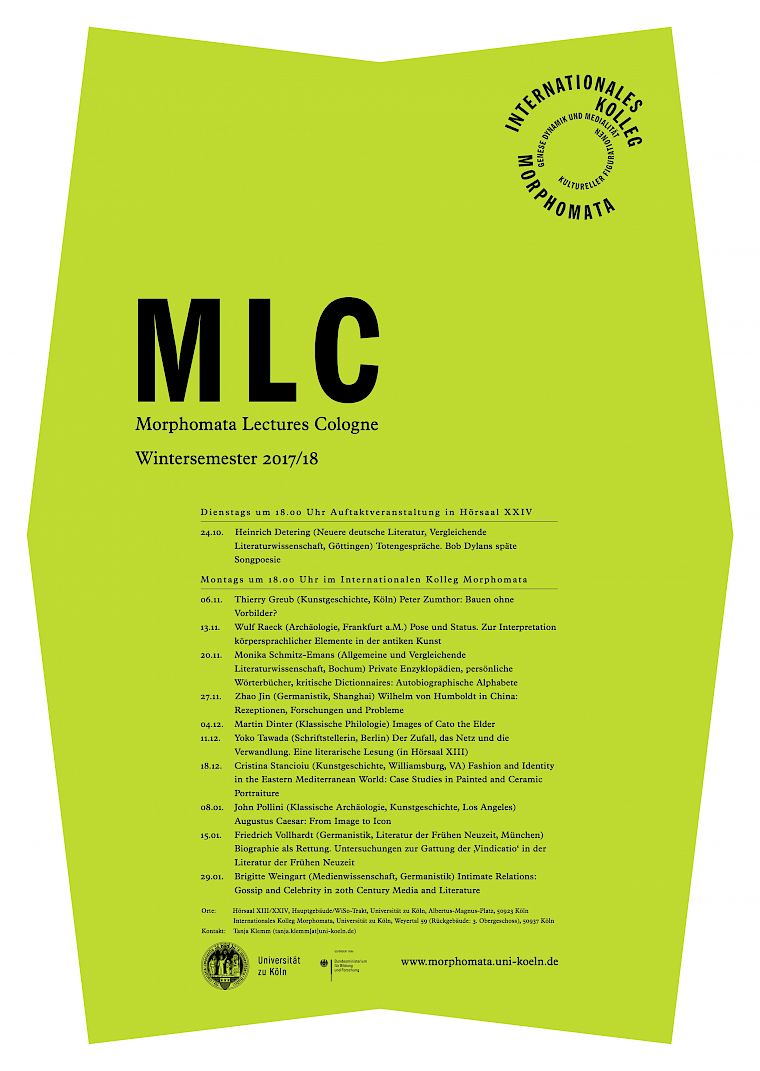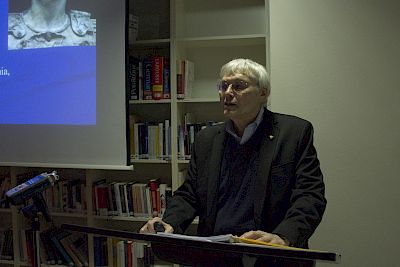Augustus: From Image to Icon
The public perception of the leader of any government is a factor of major importance in the successful operation of that government. This is as true today as it was in antiquity, especially in ancient Rome, which played a central role in the history of western civilization and the shaping of western art and culture. One of the most important figures in Roman history was Augustus Caesar, who commanded center stage in the pivotal period of transition from Republic to Empire, during which time a new ideological and artistic vocabulary was created that was designed to recall the past, validate the present, and provide new models for the future. Augustus himself was a master in fashioning an enduring image of himself and his Principate {“Prinzipat” in German}, which was in theory neither a kingship nor a dictatorship but a new form of government under the leadership of a Princeps (“First Citizen”). The image that he created for himself exerted an enormous influence on not only his immediate successors but also subsequent leaders, who looked back to the Augustan image as a model for inspiration and emulation. My book project, “Augustus: From Image to Icon,” seeks to better understand the nature of that image and how it came to be an enduring visual and cultural icon that was imitated and transformed by others over the course of the centuries.
For the purposes of my talk, I shall focus on a few aspects of this broader subject, namely, what can be said of Augustus’ physical appearance based on literary descriptions and visual portraits of him that have come down to us, to what degree we can trust such imagery as accurate representations of him, and why as human beings we care about literary and visual biographies. In connection with his physical appearance, I shall also consider some aspects of ancient physiognomic theory, as well as some of the more recent scholarly experimentation in colorizing ancient sculptures that has implications for our conceptualization of what Augustus might have looked like. To be addressed in this regard are some of the limitations and problems with not only theoretical concepts found in ancient works on physiognomics but also recent studies about ancient polychromy, especially with regard to the production of replicated images of Augustus that were set up throughout the Roman Empire. In addition, I shall look at Augustus’ principal official sculptural portrait types and explore how his psychological and physiological handicaps, as well as his educational training, may all have played a role in the creation of his imagery and how in the end he became the very image that he created for himself.
Respondent: Thoralf Schröder (Köln)

